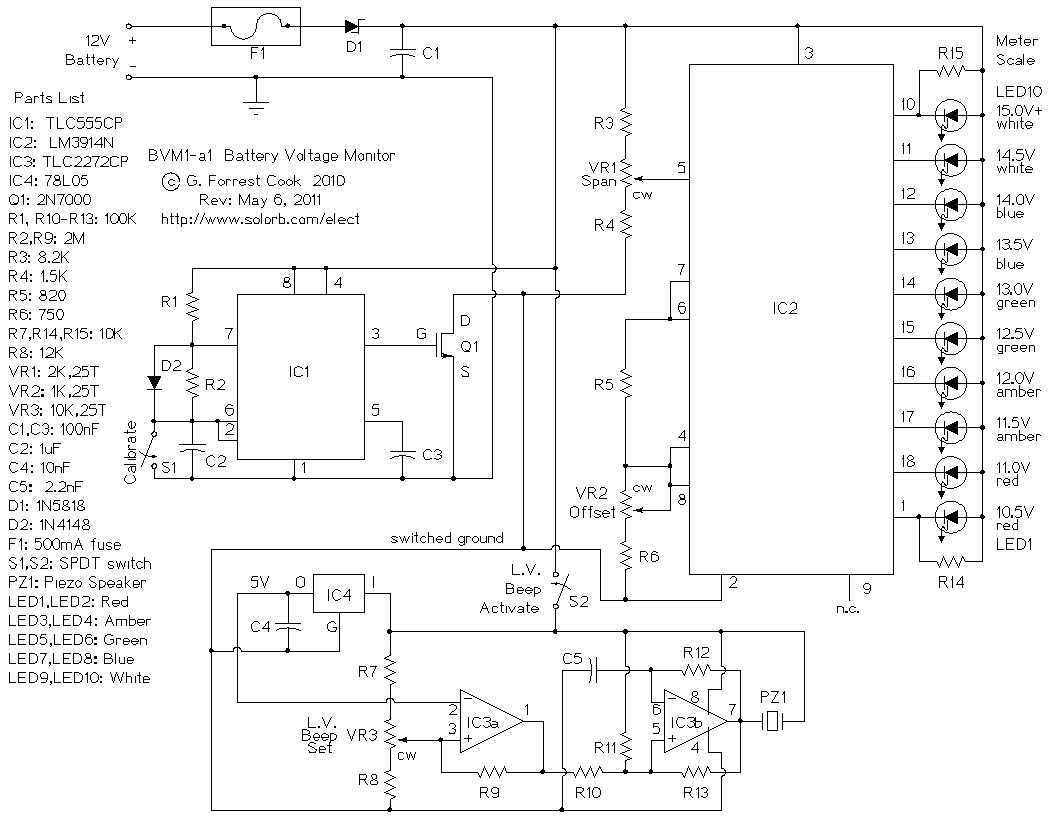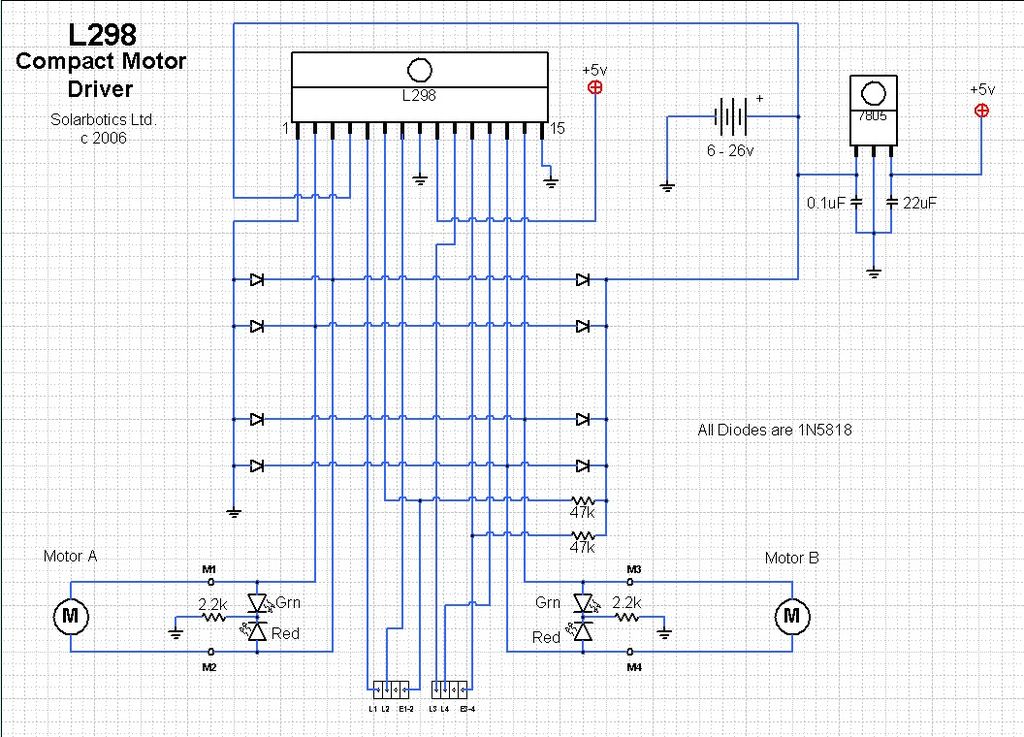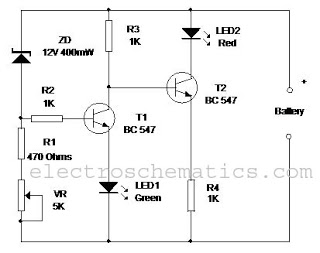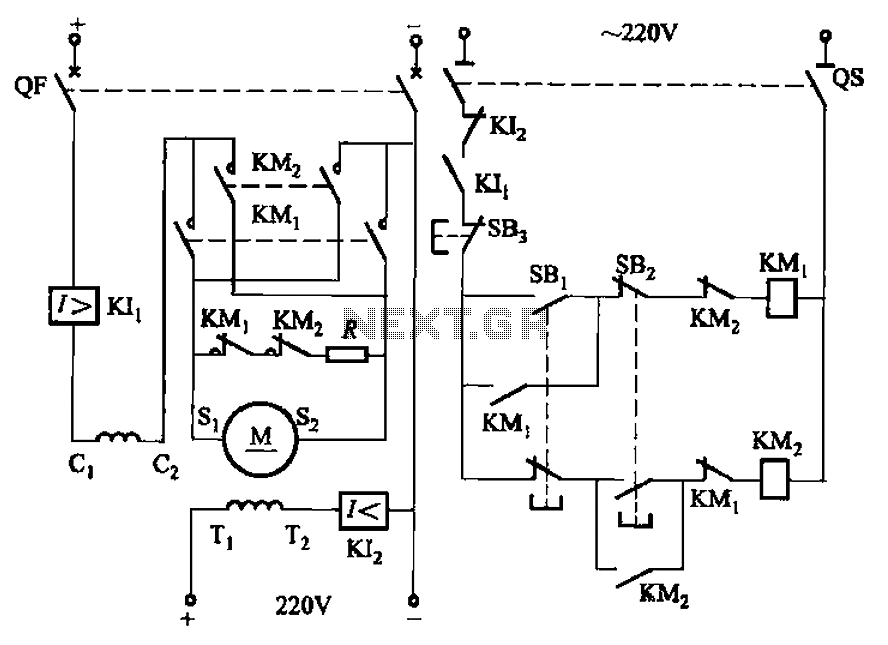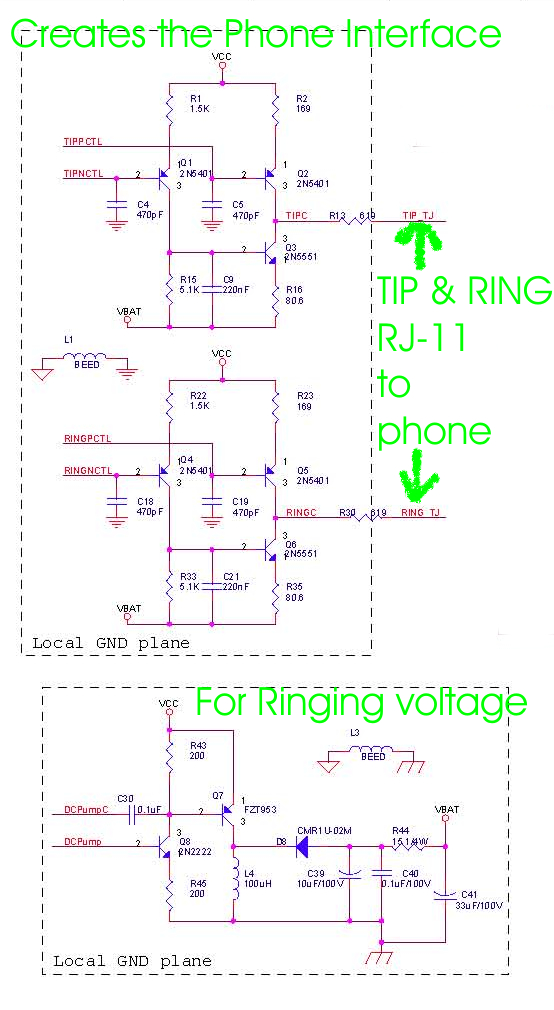
Motor Driver works with PS not battery
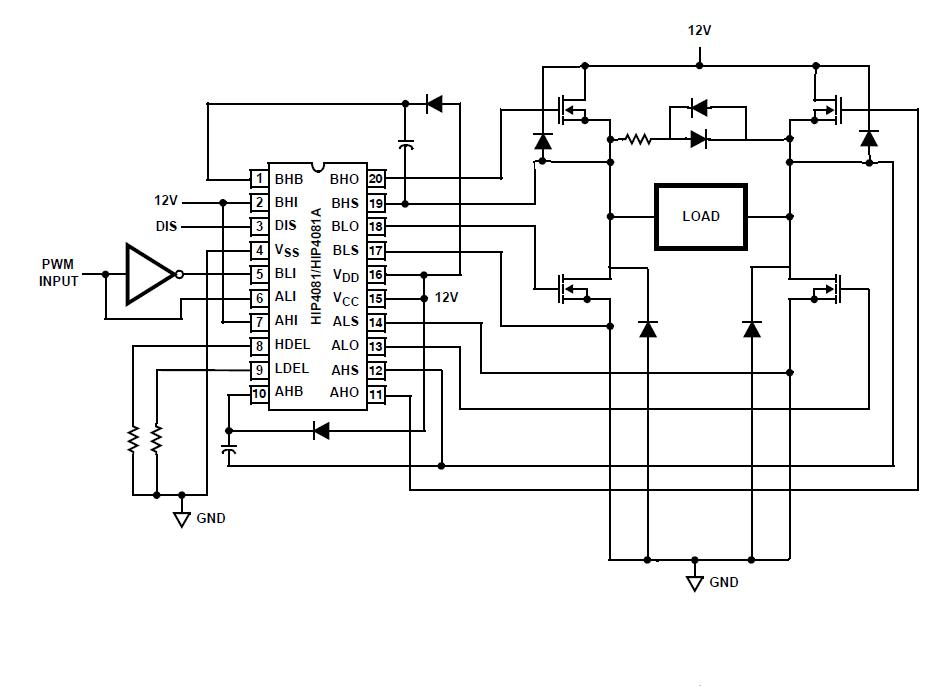
An individual is experiencing an unusual issue while utilizing an Intersil HIP4081A H-bridge driver integrated circuit (IC). The IC is connected to an Arduino microcontroller unit (MCU).
The Intersil HIP4081A is a high-performance H-bridge driver designed for driving DC motors and other inductive loads. It features a dual high-side and low-side driver configuration, which allows for efficient control of motor direction and speed. The driver IC can handle high voltage and current levels, making it suitable for various applications, including robotics and automation systems.
When interfacing the HIP4081A with an Arduino MCU, it is essential to ensure proper connections between the two components. The Arduino should provide the necessary control signals to the H-bridge driver, typically through digital output pins. The H-bridge will then control the power delivered to the motor based on these signals.
Key considerations for troubleshooting issues with the HIP4081A include checking the power supply levels to ensure they meet the specification requirements of the IC, verifying the integrity of the connections between the Arduino and the HIP4081A, and ensuring that the control signals from the Arduino are being correctly interpreted by the driver. Additionally, it is important to review the motor specifications to ensure that they are compatible with the driver capabilities.
In cases where unexpected behavior occurs, such as erratic motor operation or failure to respond to control signals, examining the circuit layout for potential ground loops or interference is advisable. Furthermore, utilizing an oscilloscope to monitor the output signals from the HIP4081A can provide insight into the operational status of the driver and the motor. Proper thermal management should also be considered, as excessive heat can lead to performance degradation or failure of the driver IC.Hi Guys, first post to the forum here. I`m having a strange issue using an Intersil HIP4081A H bridge driver IC. I have it hooked up to an Arduino MCU .. 🔗 External reference
The Intersil HIP4081A is a high-performance H-bridge driver designed for driving DC motors and other inductive loads. It features a dual high-side and low-side driver configuration, which allows for efficient control of motor direction and speed. The driver IC can handle high voltage and current levels, making it suitable for various applications, including robotics and automation systems.
When interfacing the HIP4081A with an Arduino MCU, it is essential to ensure proper connections between the two components. The Arduino should provide the necessary control signals to the H-bridge driver, typically through digital output pins. The H-bridge will then control the power delivered to the motor based on these signals.
Key considerations for troubleshooting issues with the HIP4081A include checking the power supply levels to ensure they meet the specification requirements of the IC, verifying the integrity of the connections between the Arduino and the HIP4081A, and ensuring that the control signals from the Arduino are being correctly interpreted by the driver. Additionally, it is important to review the motor specifications to ensure that they are compatible with the driver capabilities.
In cases where unexpected behavior occurs, such as erratic motor operation or failure to respond to control signals, examining the circuit layout for potential ground loops or interference is advisable. Furthermore, utilizing an oscilloscope to monitor the output signals from the HIP4081A can provide insight into the operational status of the driver and the motor. Proper thermal management should also be considered, as excessive heat can lead to performance degradation or failure of the driver IC.Hi Guys, first post to the forum here. I`m having a strange issue using an Intersil HIP4081A H bridge driver IC. I have it hooked up to an Arduino MCU .. 🔗 External reference

